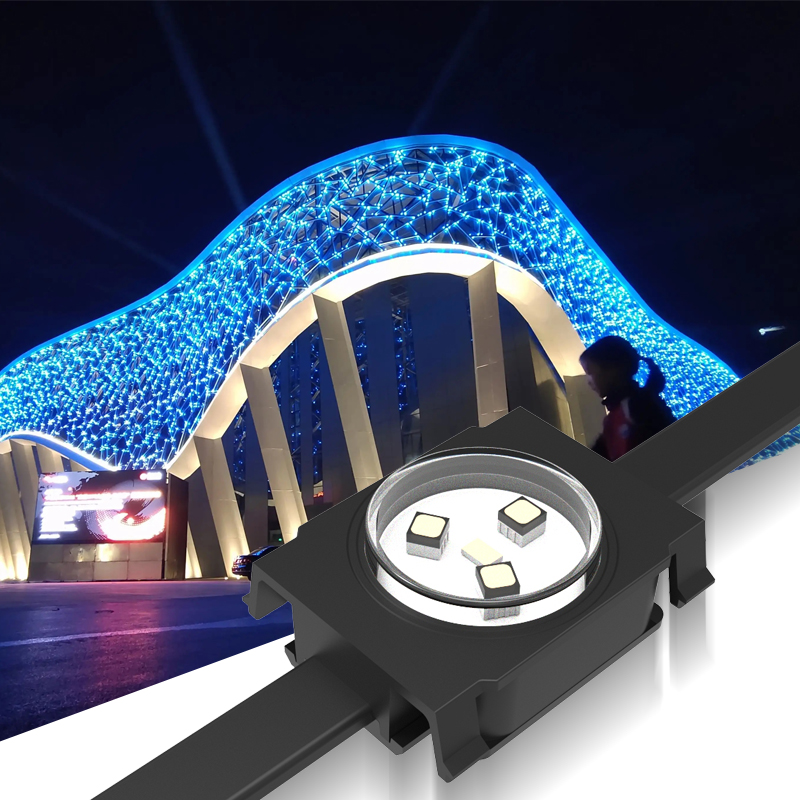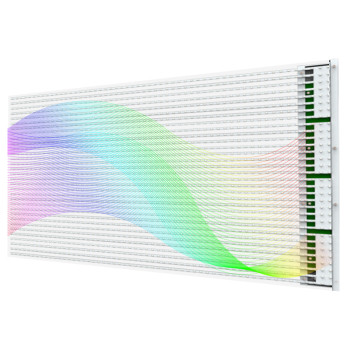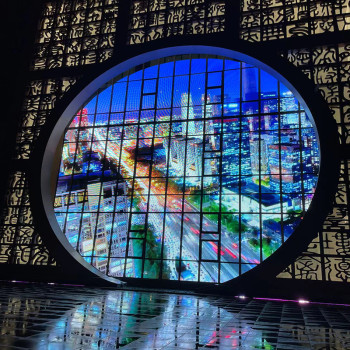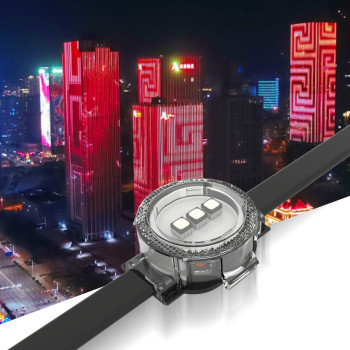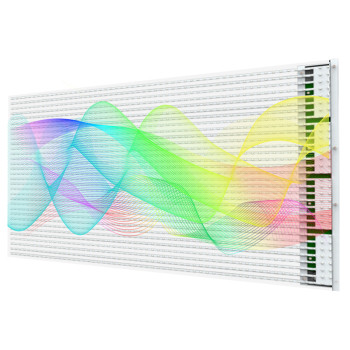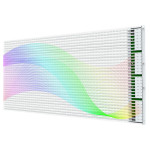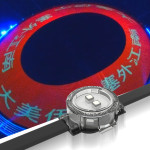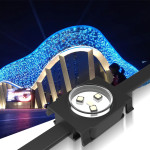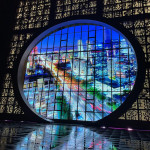- 05 Jun 2024
- YINHAN tech
# Things to Consider When Purchasing LED Architectural Point Lights
LED architectural point lights are becoming increasingly popular for their energy efficiency, durability, and versatile applications in architectural lighting. However, there are several crucial factors to consider when purchasing these lights to ensure you get the best product and performance. Here are the key aspects to keep in mind when buying LED architectural point lights.
## 1. Light Performance
### 1.1 Brightness
The brightness of LED point lights is an essential factor, especially for architectural applications where the lighting needs to be both functional and aesthetic. Ensure the lights you choose have sufficient lumens to illuminate your space effectively.
### 1.2 Color Temperature
Color temperature affects the ambiance of the space. For a warm, cozy atmosphere, choose lights with a lower color temperature (2700K-3000K). For a more modern, vibrant look, opt for higher color temperatures (4000K-5000K).
### 1.3 Color Rendering Index (CRI)
CRI measures how accurately the light source renders colors. A higher CRI (above 80) is preferable for architectural lighting to ensure true-to-life color representation.
## 2. Product Quality
### 2.1 LED Quality
The quality of the LEDs themselves is paramount. High-quality LEDs provide better performance, longer lifespan, and more consistent color and brightness.
### 2.2 Durability
For architectural applications, durability is critical. Ensure the lights are made from robust materials that can withstand environmental factors such as moisture, dust, and temperature fluctuations.
### 2.3 Heat Dissipation
Good heat dissipation is essential for maintaining the longevity and performance of LED lights. Look for products with efficient heat sinks and thermal management systems.
## 3. Supplier Selection
### 3.1 Brand Reputation
Choose a supplier with a solid reputation for quality and reliability. Research customer reviews, testimonials, and case studies to gauge the supplier's credibility.
### 3.2 Technical Support
Effective technical support can make a significant difference, especially during installation and maintenance. Select a supplier that offers comprehensive technical assistance and support.
### 3.3 Warranty and After-Sales Service
Ensure the supplier provides a robust warranty and reliable after-sales service. This will protect your investment and ensure any issues are promptly addressed.
## 4. Pricing Factors
### 4.1 Budget Planning
Plan your budget carefully, balancing cost with the required performance and quality. Avoid compromising on essential features to save money.
### 4.2 Cost-Effectiveness
Evaluate the cost-effectiveness of the lights. Higher initial costs may be justified by longer lifespan, better performance, and lower maintenance costs.
## 5. Application Scenarios
### 5.1 Indoor vs. Outdoor
Consider whether the lights will be used indoors or outdoors. Outdoor lights need to be waterproof and weather-resistant, while indoor lights can focus more on design and aesthetic appeal.
### 5.2 Installation Environment
The specific installation environment will dictate certain requirements. Ensure the lights you choose are compatible with the installation space, whether it's a building facade, landscape, or interior architectural feature.
## Conclusion
Purchasing LED architectural point lights involves careful consideration of various factors, including light performance, product quality, supplier reliability, pricing, and application scenarios. By thoroughly evaluating these aspects, you can ensure that you select the best LED point lights for your architectural lighting needs, maximizing both functionality and aesthetic appeal. We hope this guide provides valuable insights for your purchase of LED architectural point lights.
